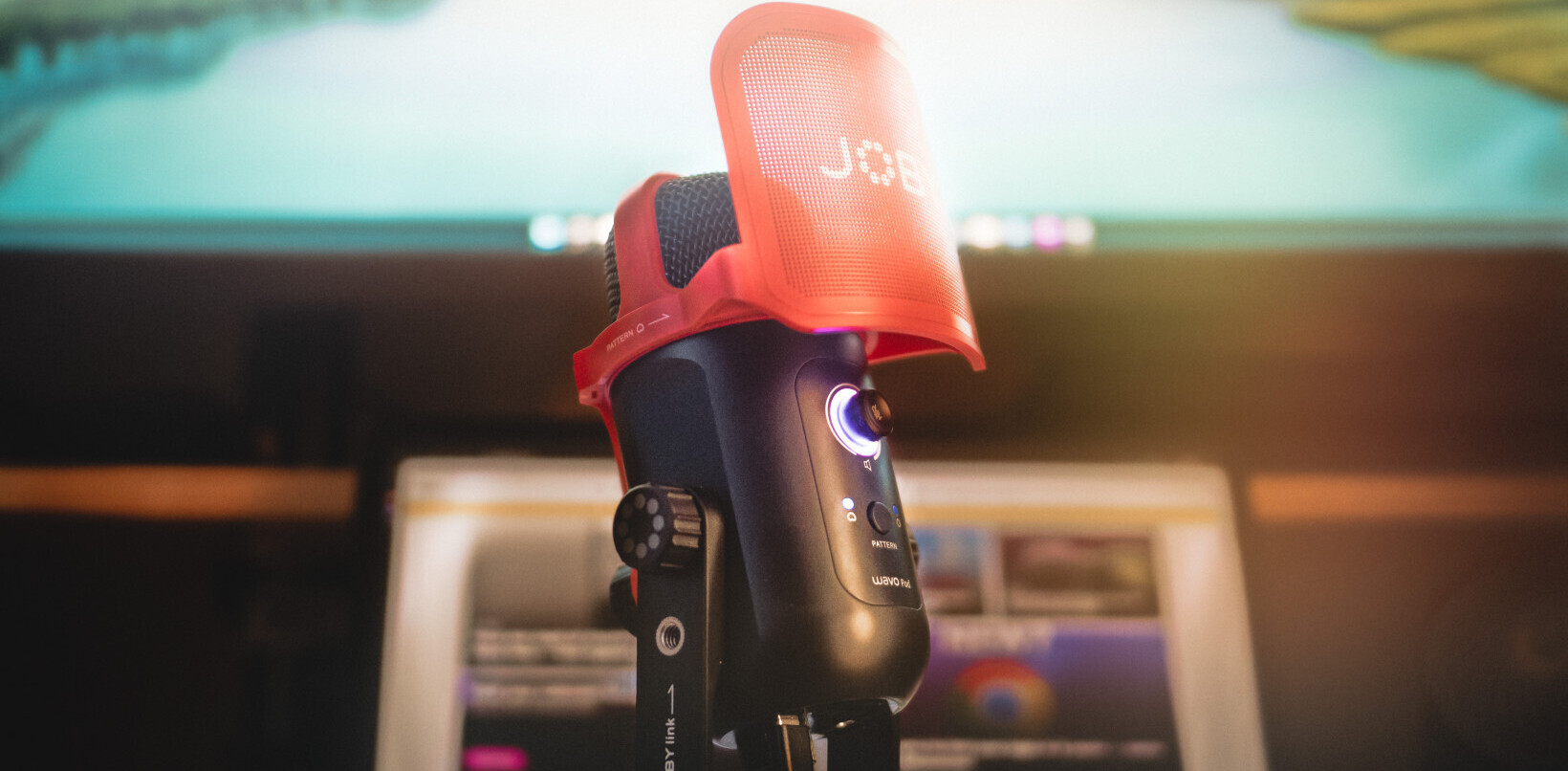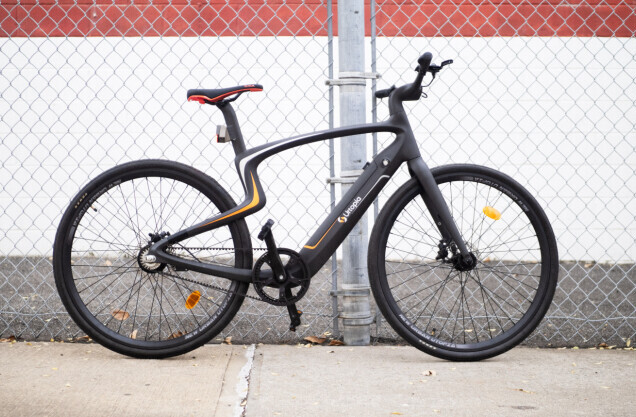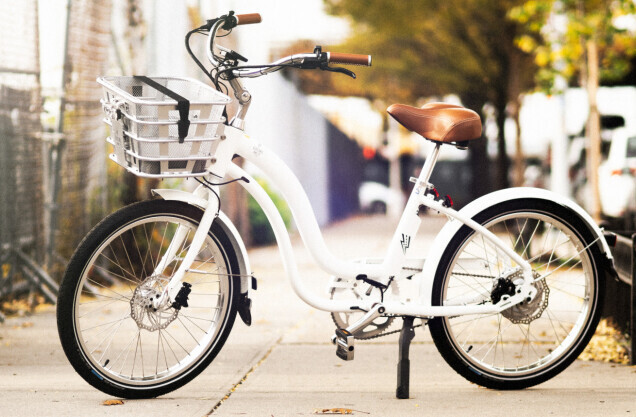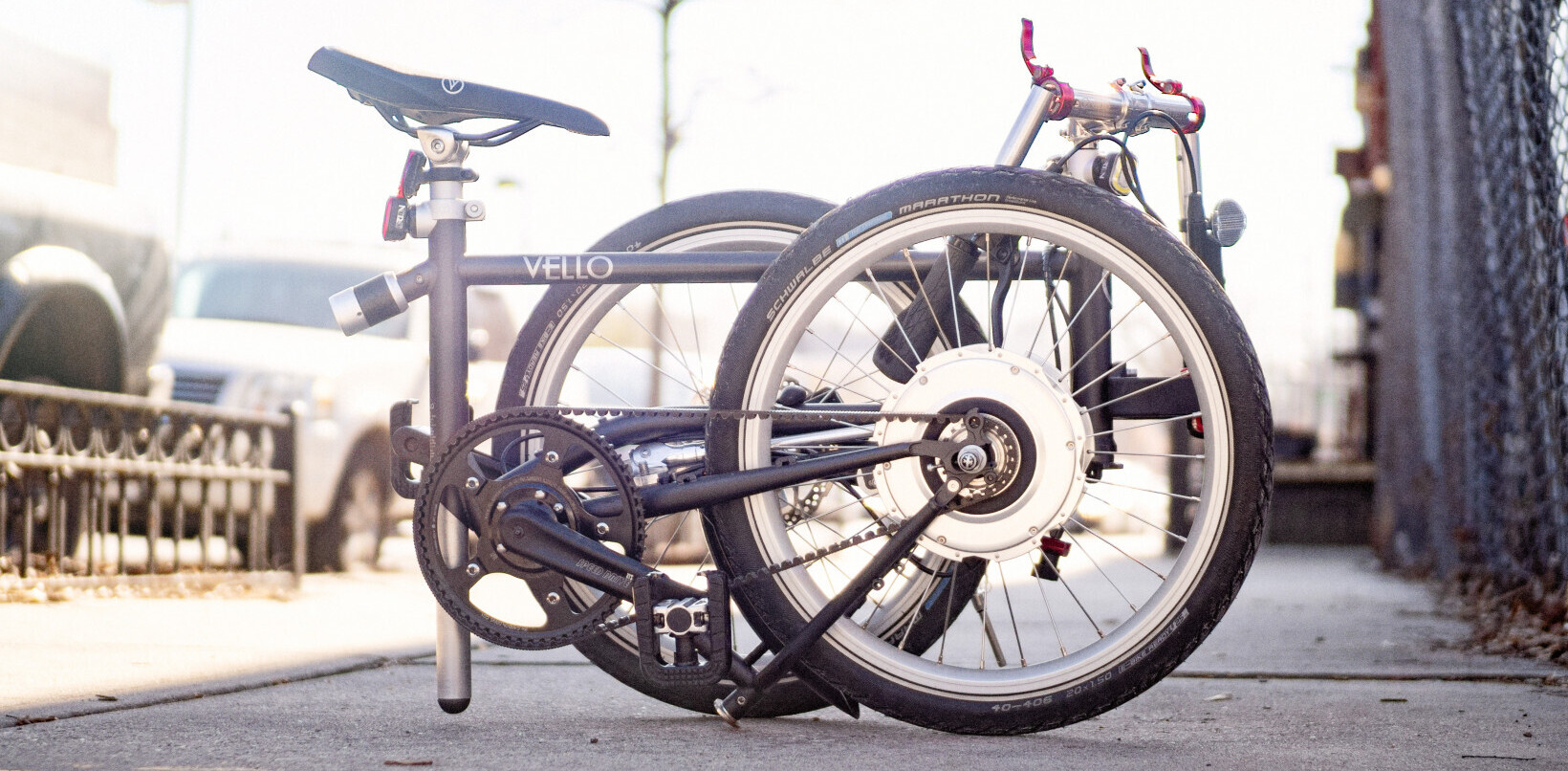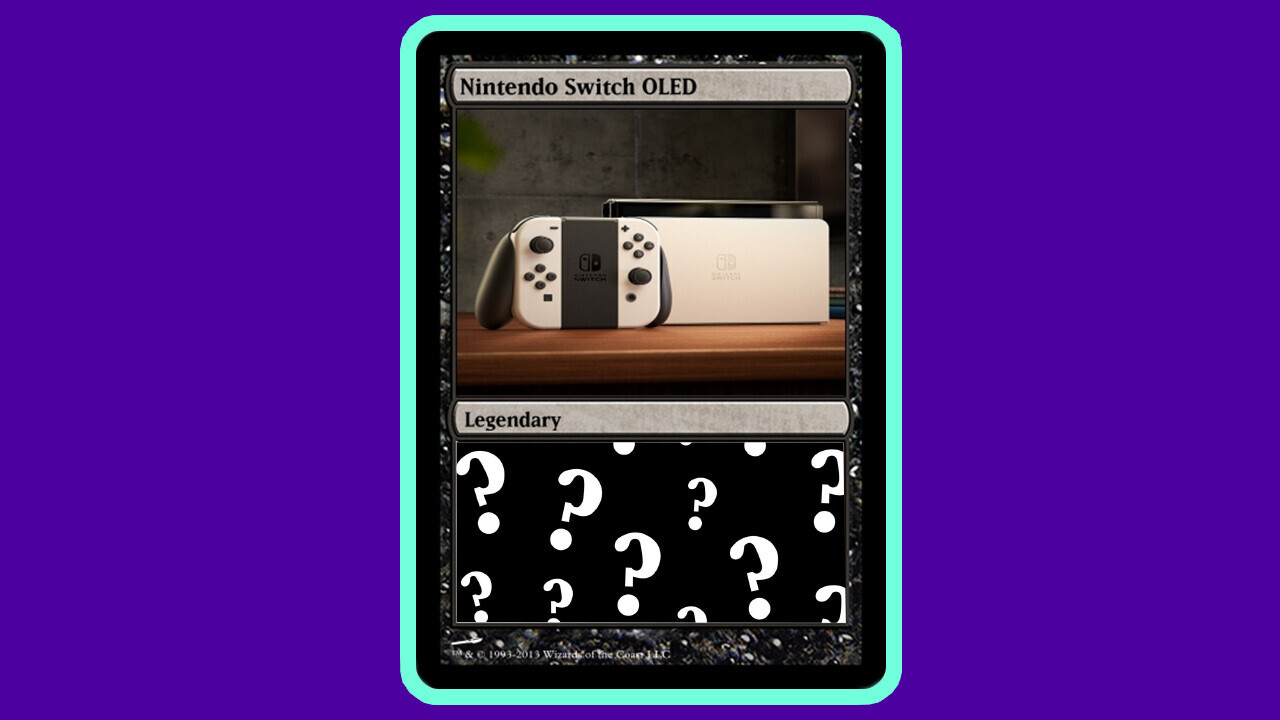
The Nintendo Switch OLED has arrived! In case you missed the announcement, this is an updated version of the Japanese game giant’s record-breaking console.
There is one issue though (and it’s something we explored in this comparison piece): on paper, the OLED model isn’t that different from the regular Switch. This is disappointing — especially for people excited about the potential of a Pro Switch.
Don’t worry! All is not lost yet — because we’re gonna find out the truth in this Nintendo Switch OLED review.
Now, we could cover it in a regular way like every other tech publication (YAWN), but where’s the spice or excitement in that? That was a rhetorical question, but I’m feeling so juiced up, I’ll answer it anyway: nowhere.
With this in mind, we’re left with one option: review the console as though it was a Pokémon card. Sorta.
Honestly, this is going to be more like a Top Trump card — but I believe those are less common internationally. Basically, we’re going to give both the regular Switch and the OLED model “abilities” with attached scores. Then they’re gonna battle out to find out who wins.
Considering Nintendo began its journey selling playing cards, I think the company would approve of this decision.
Choosing the categories for the Nintendo OLED Switch review
If we’re going to make the OLED Switch and the regular model scrap to the death, we’re going to have to choose a series of categories for them to compete in. I’m gonna cap it at five, because that’s a nice round number. And I’m tired. Very tired.
So… here they are the categories:
- Screen
- Battery
- Sound
- Storage
- BONUS ROUND
Each of these will be marked on a scale of one to nine, with the largest number being the best. The cards will look like this:

#1: Screen
It makes sense to start with the headline change with the Nintendo Switch OLED: the screen. The OLED screen. That shiny and glistening OLED screen.
The original Switch had a 6.2-inch LCD, while the new one has a 7-inch… OLED.
And you know what? It’s better. Much better. The display on the OLED Switch is (13%) bigger, sharper, and richer. It’s a substantial step up. Playing Metroid Dread (the game launched alongside this hardware) on it was a delight.
Not everything is rosy though. It’s ridiculous there’s no 4K mode on either the console itself, or when connected to the TV.
In fact, the resolution is the same on both the original Switch and the OLED model: 720p in handheld, 1080p docked. There has been no improvement.
There is also no difference between the two consoles when they’re plugged into a television. Which makes sense — nothing has really changed there.
Now our first battle is out the way, let’s check out the scores:

#2: Battery
On first impressions, I was blown away by the battery life of the OLED Switch — especially compared with my regular model. I played for over six hours before running out of juice.
But… then I remembered I’ve had my original Switch for around four years now. Of course there’s been some degradation.
Following a bit of research, the size of the battery and its estimated life are the same on both Switch consoles. Things have remained the same.
I will say this though: even after all these years, the experience of using the Switch in handheld mode is still magic. I’m constantly astounded by being able to play a game like Breath of the Wild anywhere I damn please.
Of course, I’d like more battery life (who doesn’t?), but I believe the current juice to size and weight ratio is pretty damn good. Would be nice if there were removable batteries though…

#3: Sound
Goddamn, the sound of the OLED Switch blew me away. When Nintendo announced the console, it simply said the speakers were “better.” I had low — non-existent, really — expectations for this.
Yet, as soon as I started playing on the console, the change was obvious: the sound was richer, clearer, and louder. I’m not sure what dark magic Nintendo has practiced to make this happen, but I want some of what they’ve got.
There’s no Dolby Atmos support (or anything like it) when in docked mode, but I won’t hold that against the console in this instance.

#4: Storage
Right, so the OLED Switch has 64GB of internal storage and the regular model has 32GB. Both have a Micro SD card slot for increasing the storage.
But you know what? Each of these storage amounts simply aren’t enough.
Last year, I downloaded NBA 2K20 on the Switch and it took up 41.3 GB. I don’t need to tell you how ridiculous that is. Yes, it’s great you can use an easily available Micro SD to boost storage, rather than a proprietary method, but this is scant consolation.
In my mind, the base here should be 256GB for the OLED and 128GB for the normal Switch. Both consoles have failed me.

#5: BONUS ROUND!
I have to cheat a little bit here, mainly because there’s more to reviewing the Nintendo OLED Switch than five single points. So, in this bonus round, I’m going to cover the other important aspects I didn’t get to so far.
First off, aesthetics. I love the new white look of the OLED Switch. It’s modern and cool — my only issue is how well it holds up in a couple of years. If you’re playing with the console in handheld mode, the Joy-Cons and are bound to get grubby after several months. Let alone years.

Another big change for the OLED Switch is the kickstand. On the old console, this was a fiddly and easily broken slat. Now, almost the entire rear of the OLED model folds out to support the console in tabletop mode.

But there are some elements of the Nintendo Switch OLED that are conspicuous in their absence. The new console has the same chipset as the regular model, meaning we’re not seeing any performance upgrades.
In other words, the dream of playing Super Mario Odyssey in 4K on my TV is still distant and non-existent.

Nintendo Switch OLED review: Adding up the points
First, let’s rack up the points:
- Nintendo Switch OLED — 34/45
- Nintendo Switch regular — 28/45
OH MY GOD THE OLED SWITCH IS EATING THE HEART OF THE REGULAR MODEL — WHEN WILL IT STOP!?!
Nintendo Switch OLED review: Final points
Is there any doubt that the OLED model is better than the regular? None. It’s a clearly superior console. My issue comes with the fact that it doesn’t blow the regular Switch out of the water.
This is an iterative upgrade, a version halfway between proper models. To put it another way, the OLED model is a Switch 1.5, rather than the 2.0 version we were all waiting for.
There’s nothing bad about this per se. If you’re planning to buy a Switch for the first time, there are few reasons not to purchase the OLED. This is especially true when you find out it’s only $50 more expensive than the standard model ($350 and $300 respectively). It’s a no brainer.
Thing is, I wouldn’t advise most current Switch owners to upgrade.
I can only make a specific argument where this isn’t the case: if you have an old console with a decaying battery and you play in handheld mode the majority of the time. If those two things are true, then the OLED Switch could well be worth it.
Or maybe you just want the freshest bit of equipment. But for everyone else? Hold off.
The Nintendo Switch has been around for four-and-a-half years, meaning the console should be due for a big update (or at least a “Pro” version) in the next year or two. Hopefully, of course — there are no guarantees.
I don’t want to be too negative though. The OLED Switch is an excellent console that has a range of improvements over the regular model. And, most of all, it still feels, well, a bit magic.
Get the TNW newsletter
Get the most important tech news in your inbox each week.
